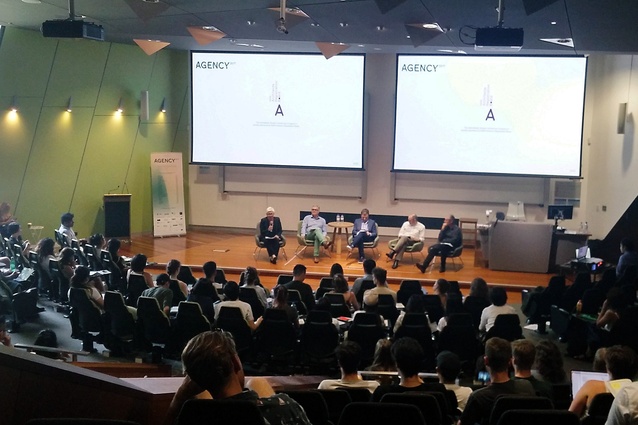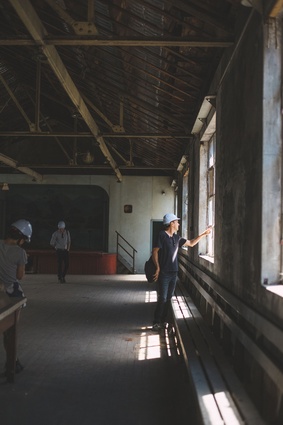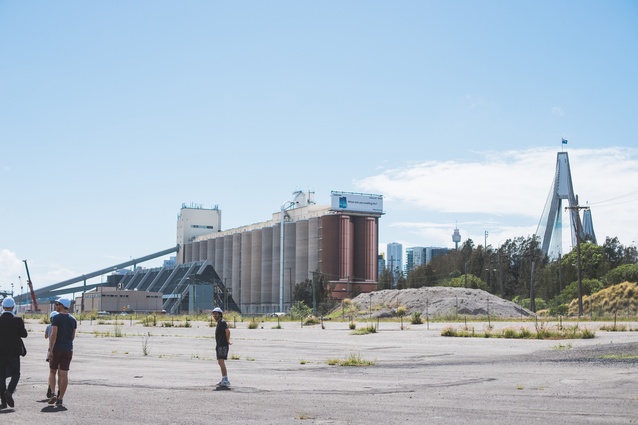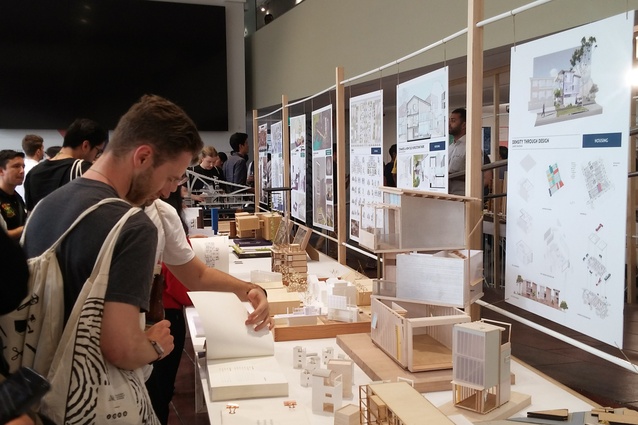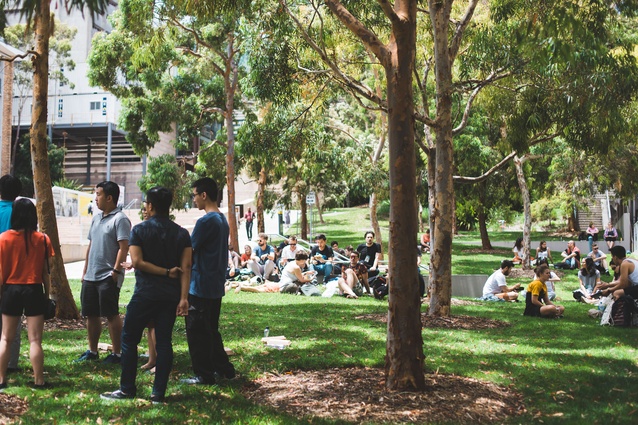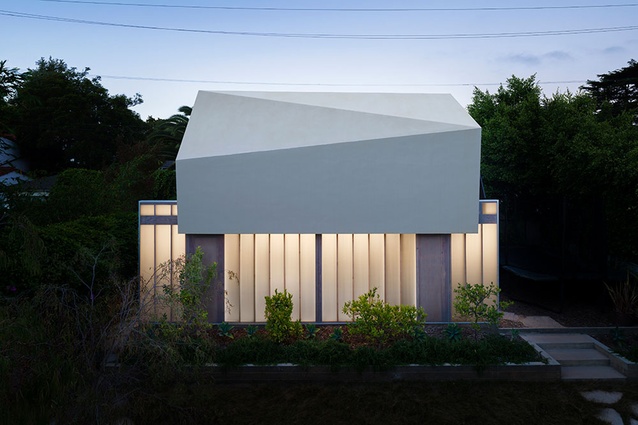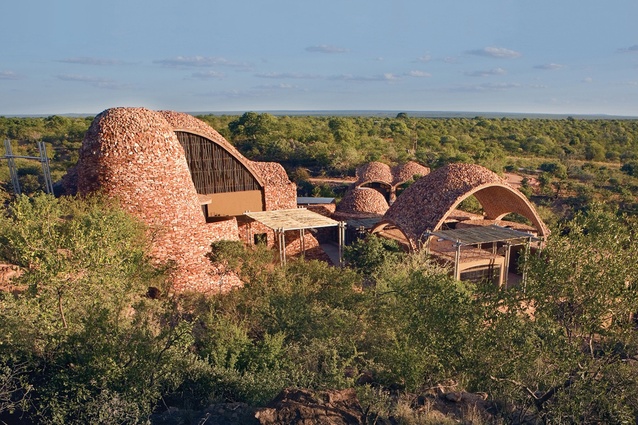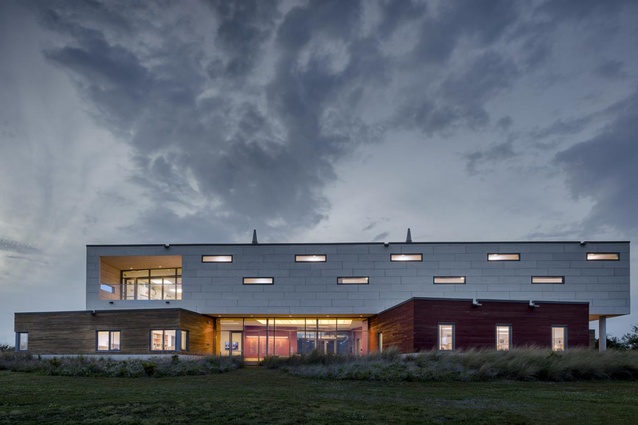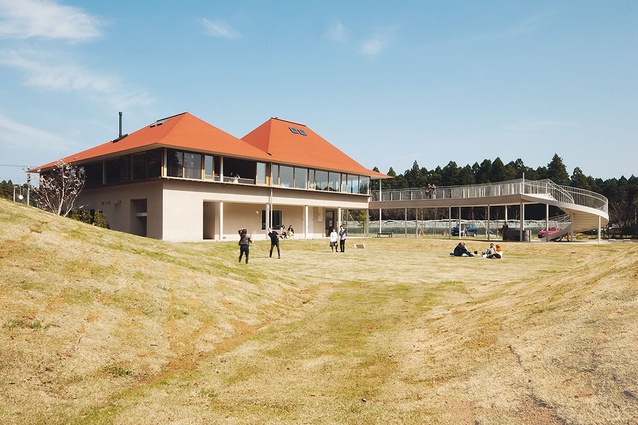Critical thinking: Agency 2017
William Hope of SANNZ discusses his experiences at Agency, the 2017 Australasian Student Architecture Congress in Sydney.
Thirty bright-eyed and bushy-tailed New Zealand architecture students travelled to Sydney in November to attend the 2017 congress and learn a thing or two from our neighbours. Not knowing what to expect, we were directed to the opening party outside Tusculum, a Regency building that houses the NSW chapter of the AIA.
Fairy-lights, beers and paella formed a place for causal introductions and banter with our new-found friends, while an architect/DJ, who saw the world in the binaries chill or hectic, let deep house mosey through the crowd.
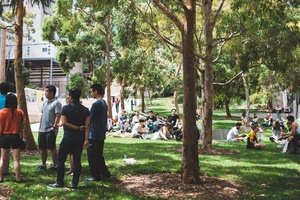
PechaKucha style talks in a cosy lecture theatre kick-started the event with the theme of Agency: “to question the power of architects to influence a world facing ever-pressing challenges, particularly in relation to economic development”. It all seemed quite serious and maybe it needed to be.
The standout talk was from Owen and Bobby from Newcastle University. For nine months they cycled across Australia on an expedition dubbed “The Grand Section”. They sketched landscapes, analysed towns and buildings, interviewed people and even collected soil/sand: all to build their own ideas of place.
DAY ONE
First up on day one a fresh set of moleskins were unveiled, only for the pens to be held levitating as Barnaby Bennett and Byron Kinnaird passionately lectured the theatre on the importance of a treaty between indigenous and European peoples.

It laid a serious tone for Marc Vlessing from Pocket Living (UK) to talk about a developer model that exclusively delivers starter housing for low to moderate incomes, and Clare Sowden’s conversation about the realities of real estate economics.
A roundtable discussion on planning policy in front of 300 students just after lunch was the perfect opportunity to get some quick sleep while remaining anonymous. But not long after, we were awoken with an invigorating talk by Julie Eizenberg about her work in Los Angeles.
Eizenberg feels architecture is not a complete abstract condition; to connect it needs a story. The guesthouse in her ‘See-through house’ in Santa Monica took inspiration from a Quaker bonnet, seen in an old family portrait.
Kieran Wong and Emma Williamson from CODA took us through their portfolio and finished with an interesting critique on TROPPO and Glen Murcutt. They acknowledged that these practices have changed the way we think about climate responsive architecture, but argued the buildings are often object orientated and overlook the way it is used. Stories of toilets being boarded up because they were incompatible with local custom sparked a heated debate about architects and aid in regional Australia.

Architect Peter Rich stole the show on the first day. He spoke loudly and directly, moving around the stage, taking us through his work and demanding we learn who we really are. What is your heritage? Where did your ancestors come from? He spoke in anecdotes: from getting phone calls from Prince Charles to how it’s now kosher to build from earth because David Cameron said it was cool.
DAY TWO – USYD
The morning workshops were the first taste of real agency. Sprinkled throughout the city they included a diverse range of experiences, getting involved and engaging with our peers. We experienced everything from bamboo construction classes and studio design challenges to walking tours of the endangered Sirius Tower and meeting its residents. Stacie Wong (GLUCK+) led the lectures with a discussion on architect-led design-build, something her firm excels at.
Clinton Cole from CplusC Architectural Workshop is a registered architect and licensed builder who spoke of his high-end residential work and the opportunities that arise by being in both roles.
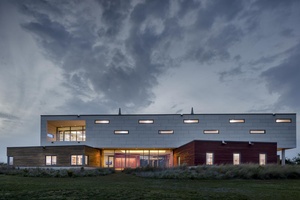
The day was closed out by Virginia San Fratello, who spoke of her innovative research into 3D printing building components, and Robert Beson’s (AR-MA) expert assessment of changing supply chains in the construction industry.
DAY THREE – UTS
The workshops on the third day were predominantly design challenges. We worked in groups, getting to know other students from different universities and discover how they think through similar problems.
Jeremy Till, through his book Spatial Agency, hilariously unpacked some of our rituals at architecture school: brushing your teeth and washing your hair at the school, carrying deodorant and discovering the benefits of short hair.
After these three days of rich information we were all left with more questions than answers, one student even proclaiming, “I think my brain is full”.

Four universities pitched for congress 2019, the standouts being Alice Springs and Christchurch. Christchurch was the eventual winner by a slim margin of three votes. In acceptance of the nomination, Elise Cautley jovially said, “Bring your gumboots”. Polite laughter ensued but little did they know she was completely serious.
The day was capped with a humble presentation by Yoshiharu Tsukamoto from Atelier Bow-Wow. He took us through his book Behaviorology: a rigorous analysis of the appropriations of spaces and social agendas in Tsukamoto’s work in Japan and abroad.
We look forward to the next congress in Christchurch in 2019 and want to kindly thank the NZIA for the generous support in assisting the students’ travel to Sydney. After three days of intense conversations, lectures and workshops we certainly felt part of a wider community, one that is forever looking forward.

The spirit of the congress was wrapped up with a party in an industrial warehouse conversion in outer Sydney, a fitting place to converse about what we’d learnt and bond over those architecture student struggles: the dilemma of which mm of ink pen is superior and where to hide your toothbrush at uni.

